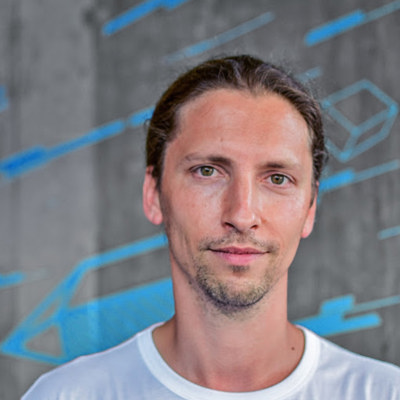3. November 2021, 10:05 – 10:35 Uhr
Why we need to agree on new measures of success for teaching in higher education
"Ignoranti quem portum petat, nullus suus ventus est." (If a man does not know to what port he is steering, no wind is favourable to him.) Seneca
When we founded CODE, one of the most important questions was: how do we know if we’re doing things right, how do we measure success in teaching and learning?
We started looking at university rankings to understand what was measured to determine the best universities when it comes to teaching. What we found when we looked at the methodology of the most prestigious university rankings (THE, QS) in the world was:
- Faculty Student Ratio
- Reputation Surveys
- The proportion of PhDs awarded against undergraduate degrees awarded
None of those were helpful for various reasons.
We also looked at how universities measure their own success. In teaching, this happens mainly through student satisfaction surveys – but making students happy is not necessarily the same as success in teaching.
After a lot of conversations and discussions, I realised a fundamental problem: We were not just unsure what to measure to determine success when it comes to teaching in higher education, we hadn’t even agreed on the general goal, on what success should look like. For some, it was to educate the next generation of scientists. For others, it was all about employability and salary potential. For some, it was about happy students. And for some, it was mostly about the ratio of graduates versus dropouts.
In my talk, I will explain why we need to have a discussion about the goals of higher education teaching and need to commit to specific measurable goals if we want to find out what actually works and how to improve.
I will also point out why the approaches of traditional universities (measuring student satisfaction) or the ones applied by the big university rankings are not helpful at all.
Lastly, I will suggest a new perspective and a new way to approach this topic in a collaborative way.
There is a video recording of this session.If you cannot see it: Click on "More info" to watch it.
//////
Es gibt eine Video-Aufzeichnung dieser Session. Sollten Sie es nicht sehen können: Klicken Sie auf "Mehr Infos", um es sich anzuschauen.



